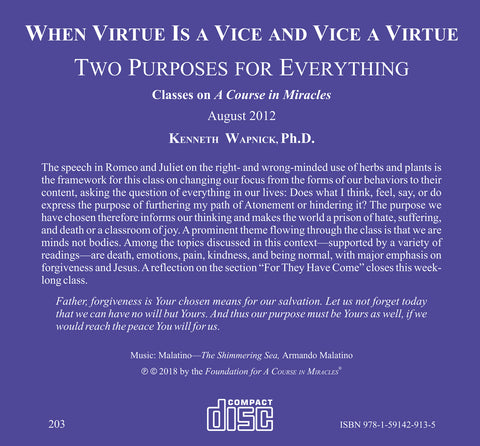
In the prints that make up this exhibit, we find some of the limits of the American imagination. This is not to say that the proliferation of womanly beauty in prints was a marker of a progressive social change, however. And like portraits and other images of great American men, images depicting accomplished women also evoked the changes that those women strove to enact.
Virtue and vice code#
In some, for example, the presence of women is a code for hotly debated political issues-the abolition of slavery being perhaps the most notable. The repetition of certain kinds of representations of women reveals how mainstream society thought about women and suggests their place in the world. The images of women included in the present exhibit are especially useful for helping us understand the audiences for whom these prints were created. When read carefully and conscientiously, prints can be very useful documentary sources for understanding the past. Prints can be extremely useful for understanding the history of popular ideas, understandings, and beliefs. Of course, these prints also tell us something of their creators’ point of view. Even when artists depicted notable people, places, and events, artistic convention generally was more important than accuracy.


Although prints are often works of imagination (even when they are grounded in fact), they still have much to tell us about the time and place in which they were created.Īrtists were seldom concerned with representing people and scenes accurately, as we expect photographs to do, but took broad artistic license in creating scenes that would please the viewer’s eye. Most of the prints in the exhibit "Beauty, Virtue and Vice: Images of Women in Nineteenth-Century American Prints" were designed simply to please the eye, but they are also useful to historians who would like to understand how nineteenth-century Americans thought about the world in which they lived. Beauty, Virtue & Vice Introduction: An AAS Online Exhibition


 0 kommentar(er)
0 kommentar(er)
